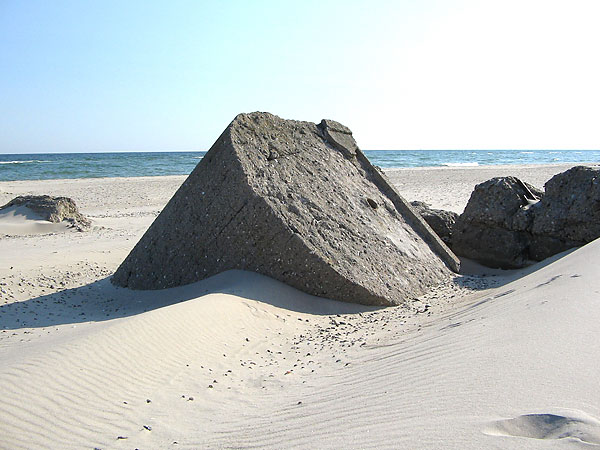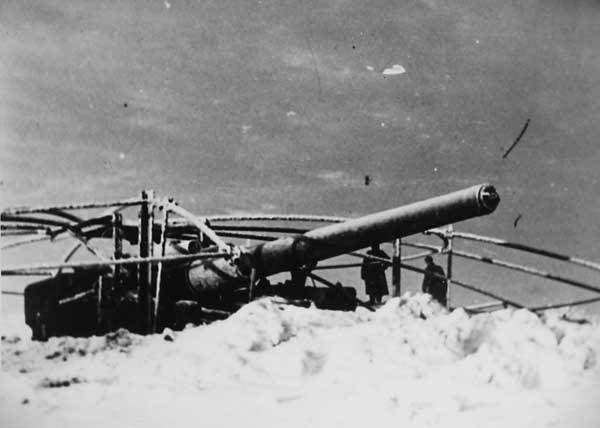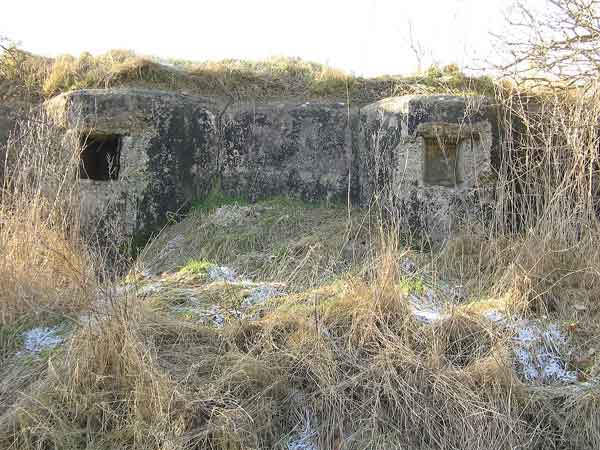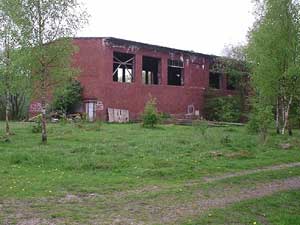




Die Luftfahrtarchäologie befasst sich in erster Linie mit der Aufklärung von Fliegerschicksalen in Schleswig-Holstein. Während des 2. Weltkrieges wurden hier schätzungsweise 2300 Flugzeuge abgeschossen, sind notgelandet oder aufgrund technischer Probleme abgestürzt, von denen bisher 63 Absturzorte recherchiert und ausgewertet werden konnten. Die Zusammenarbeit mit Historikern aus aller Welt und der Kontakt zu Familienangehörigen der Gefallenen, Vermissten oder in deutsche Gefangenschaft geratenen Besatzungen ist ein wichtiger Bestandteil und auch häufig die einzige Möglichkeit, bisher gewonnene Daten erfolgreich auszuwerten. Die Auswertung dieser Daten und der vorliegenden Dokumente kann bis zum Abschluß einer Recherche über mehrere Jahre andauern.
Zeitzeugen und Augenzeugen können durch persönliche Erlebnisse, Tagebuchaufzeichnungen, Fotos und Dokumente dazu beitragen, neue und vor allem wichtige Informationen zu gewinnen und somit an der Aufklärung von Fliegerschicksalen beizutragen.
"Mit einem Instrument von nur 600 oder 700 Bombern die größte Industriemacht Europas zum völligen Erliegen bringen, daran mag ich nicht zu glauben. Dreißigtausend Großbomber, und der Krieg ist morgen zu ende..."
Sir Arthur Harris (Royal Air Force)
Ein weiterer Schwerpunkt ist die Dokumentation des Kriegsgeschehens in Schleswig-Holstein. Das Thema "Luftkrieg" dokumentiert in erster Linie die durch die alliierten Luftstreitkräfte durchgeführten Bomben- und Tieffliegerangriffe und die dadurch entstandenen Schäden und Zerstörungen.
Sollten Sie über Informationen verfügen, die Sie der Öffentlichkeit gerne zur Verfügung stellen möchten, setzen Sie sich bitte mit mir in Verbindung!
Weiterhin befasst sich die Luftfahrtarchäologie auch mit der Erfassung, Kartierung und Dokumentation der ehemaligen militärischen Anlagen in Schleswig-Holstein. Dazu gehören unter anderem:
- Flakbatterien
- Scheinwerferbatterien
- Scheinanlagen
- Nebeleinheiten
- Funk-Meldeeinheiten
- Flugplätze
- Luftschutzeinrichtungen
- Bombenschäden in Ortschaften

Hello (Moin) Nils agaion, Dronryp (village), Friesland / NL, May 10, 2019.
– On Apr. 27 last, thus about 2 weeks ago, we were sending you a message as well, and on the same way; however, we didn’t get any response so far, not even a ’negative answer‘ (that you’re not able to assist us anyhow). But I wanna repeat now the most important details of our message, as a reminder, so it really will not be forgotten for a while: it’s about Vickers Wellington (Mk. 1c) R1024, coded OJ-‚V‘, of RAF Bomber Command, from No.149 ‚East India‘ Sqdn. / RAF station Mildenhall (UK), which crashed / ditched in the North Sea likely, in the night of Aug. 12 – 13, 1941, nearby Sylt island (in the NW Germany / SW Denmark area). All 6 aircrew were lost in that happening, like Sgt. (‚2nd dicky‘) Peter E.H. Danger-field (on his first mission !), and the human remains of only 2 airmen, both Canadians (’skipper‘ + observer), were recovered and buried later at Westerland / Sylt isle; reburied after WW2 in the Kiel (Allied) War Cemetery, ‚Am Westring‘. In fact the 4 other crew are still missing today, are remembered via the Runnymede Memorial, in Surrey (UK). Is something about this crash already known to you, perhaps, via own data, or via a local archive in Schleswig-Holstein, or maybe traceable in an easy way soon ? (with help of others ?); and is it possible also to take some pictures, digital versions (via a mobile phone for instance) and send them to us, photos of those 2 Canadian war graves in Kiel ? (we can deliver you more detailed information about them, and about those graves, of course). By the way, all collected data will be put in an own digital archive her, and handed over later to the local, wartime museum in Friesland / NL (Terschelling island department); and further, (Mr.) Philip Bowen in the UK, researcher and author of a brand new ‚Remembrance Book‘ (publishing in November next, but for students and parents only) of Bromsgrove School, in Worcestershire (UK), is using parts of the information for his book (in particular the info related to old student Peter E.H. Dangerfield).
– Please, give us some reply, and certainly also in case you are not in the position to assist us further, in any way (!). Success with your own research and website work, etc., with best regards, (Mr.) Willem de Jong (volunteer WW2 air combat research).
Hello (Moin) again Nils,
Extra, basic info, about the crew of Wellington R1024 (OJ-‚V‘) of No. 149 ‚East India‘ Sqdn., RAF station Mildenhall, in Suffolk / East Anglia (UK)
Mission against the ‚kreisfreie Stadt‘ Hannover, in Niedersachsen, NW Germany; started at Aug. 12, 1941 (21.16 h. local time). Nothing known from them (wireless) since departure; ‚radio silence‘. Unknown of they reached the target zone; nothing known about Luftwaffe night-fighter activities ‚en route‘, let’s say over the coastal areas of NL and over NW Germany (but ‚icing‘ was reported as a problem, after the mission !!).
Likely ditched in the North Sea, off Sylt isle, according to some sources (in NW Germ. indeed, but ca. 210 miles / 340 km. NNW of Hannover !)
P/O. Beemer, Frederick Hill (RCAF – J/3748) – Pilot (Skipper) – of Toronto (Ont. / Can.) – buried at Westerland / Sylt isle; rebur. in Kiel War Cem.
Sgt. Dangerfield, Peter Edward Hay (RAFVR – 1377216) – Co-Pilot (on his first operation !) – of Easton, in Suffolk (UK) – no known grave (MIA)
P/O. Scott, Foster William Jack (RCAF – J/3497) – Observer – of N Battleford (Sask. / Can.) – buried at Westerland / Sylt; rebur. in Kiel – husband !
Sgt. Littlefield, Jack Richard (RAFVR – 909736) – Wireless Operator / Air Gunner – of Hove, Sussex, SE Engl. (UK) – no known gr. (MIA) – husband !
Sgt. Young, Charles Frederick (RAFVR – 745128) – Wireless Operator / Air Gunner – of Worthing, in Sussex, SE Engl. (UK) – no known grave (MIA)
Sgt. Hall, Ernest William (RAFVR – 1186787) – Air Gunner (Rear) – of Birmingham city, in West Midlands (UK) – no known grave (MIA) – husband !
Maybe one more of the missing aircrew was buried initial at Westerland / Sylt also, however ‚unidentified‘ (as ‚unknown‘), on Sept. 9, 1941, thus about 4 days after the recovery, the funeral, etc., of P/O. Beemer, the ‚Skipper‘ of the team; reburied in Kiel War Cem. too (unknown).
With best regards, Willem (de Jong) – Dronryp village, Friesland / NL (forwarded 25.05.2019).
Hello Nils, Dan here from the Wings Museum in England, I wanted to inform you that one of the engines from Halifax JD150 has now been fully restored using 90% original parts from JD150. We plan to run the engine this September 15th 2018 at the Wings Museum!!! We also have an ex Halifax pilot who will press the engine start buttons. The engine will be run in memory of the crew of Halifax JD150.
Hi, if you are interested I can put you in touch with some one whose fathers plane crashed one year later (June18 1944 ) about 9 miles west of your uncles crash site. Ernie
Hi , if you are interested I can put you in touch with someone whose fathers plane crashed 8 miles west of your uncles crash site about one year later. on June 18 1944. Ernie
Hi Nils, sorry to have been so long getting back to you. I was wondering if you get a chance, that I would like to converse with you about my uncle’s B-17, „Miss Carriage“, 42-3107 that was shot down near Kiel on 13 June 1943 and crashed near Dorphof. I recently received more information about the exact place that the ship crashed at. Anyway, thanks for listening. Matt
Hi Matt,
thank you very much for this info! New details about this crash are welcome.
Please send me this to my email
Kind regards
Nils